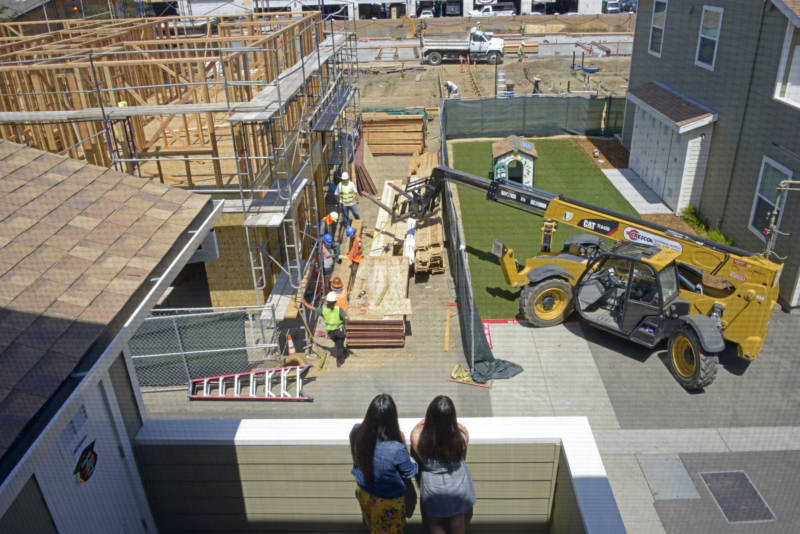Though the builder’s remedy has been on the books since 1990, developers have only recently been willing to use it. That changed, in part, due to a bevy of new housing laws that have been approved over the past half-decade as the state seeks to spur the construction of some 2.5 million new homes by 2031.
In particular, jurisdictions are required to submit plans to the state every eight years detailing where developers can build new housing. But, because of those recent changes to state law, cities and counties not only have to plan for more housing than ever before, they also have to locate more of that housing in neighborhoods with access to highly-rated schools, grocery stores and transportation.
That’s meant that cities and counties have often had to resubmit plans multiple times.
As of Tuesday, 40% of cities and counties across the state were out of compliance with state housing law, and in the Bay Area, 37% were out of compliance — making them potentially vulnerable to builder’s remedy projects.
In the past two years, at least 93 builder’s remedy projects, representing 17,000 potential new homes or apartments, have been proposed across California, according to the pro-housing advocacy organization, YIMBY Law, which keeps a running tally — though Sonja Trauss, the organization’s executive director, admits the tally is an undercount.
“When a jurisdiction is in compliance with housing element law, that means they’ve made it possible to build the housing that we need,” Wicks said. “That means that they have zoned to ensure there’s enough land where it’s legal to build housing. They’ve removed constraints so that their approval process is more efficient and objective.”
Even without the update proposed under AB 1893, Trauss said the law has been successful “at motivating cities to get in compliance” with state housing laws.
“We’re looking forward to continuing to see positive results in the courts on projects using the existing program, and also looking forward to the improvements this bill promises in making the builder’s remedy even easier to use to build housing faster,” she wrote in an email.
The projects, however, have faced opposition from cities that have sought to block approvals under the builder’s remedy. In the wealthy Los Angeles-area city of La Cañada Flintridge, for instance, city officials denied an application for a project with 80 mixed-income apartment units, along with hotel and office space, arguing it had “self-certified” its own housing plan, making it immune to the law. Last month, a court ruled against the city, forcing it to proceed with processing the application.
AB 1893 clarifies where housing could be built, designating sites already used for housing, retail or office as appropriate and prohibiting projects on or adjacent to industrial sites. It also provides clearer objective standards for development, allowing projects to more than double or sometimes triple the density of housing the jurisdiction currently allows.
All of which should make it easier for developers to make sure their projects can’t be challenged in court, said Muhammad Alameldin, a policy associate with the Terner Center for Housing Innovation at UC Berkeley.
“It establishes a definitive objective standard,” he said. “This also diminishes the ability for local governments to disapprove projects by adding onerous standards or refusing to process applications.”
Alameldin said the projects are more likely to be financially feasible by lowering the requirements to provide affordable housing.
“So what the bill hopes to do is that by lowering the threshold, more projects will be proposed,” he said. “By making [the affordable housing requirement] 10%, then projects could start penciling across the state.”
One developer, Sasha Zbrozek, wasted no time submitting an application to build a five-unit townhouse on his property in the Bay Area’s Los Altos Hills. But just a month after he submitted it, city officials found it incomplete.
A year later, his project still hasn’t broken ground — a result, he said, of a combination of factors, including high-interest rates and regulatory hurdles. Even with the changes proposed to the builder’s remedy, Zbrozek said it’s unlikely to spur enough housing to make a dent in the state’s affordability crisis.

